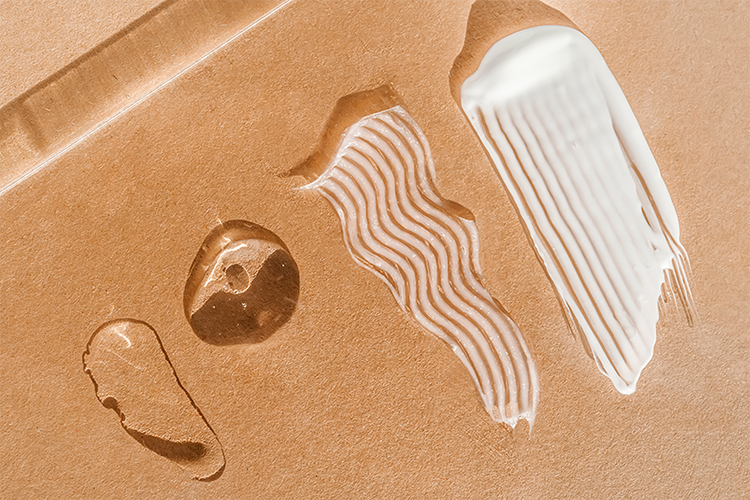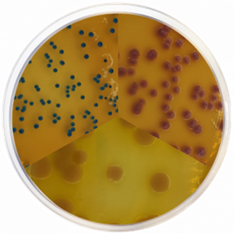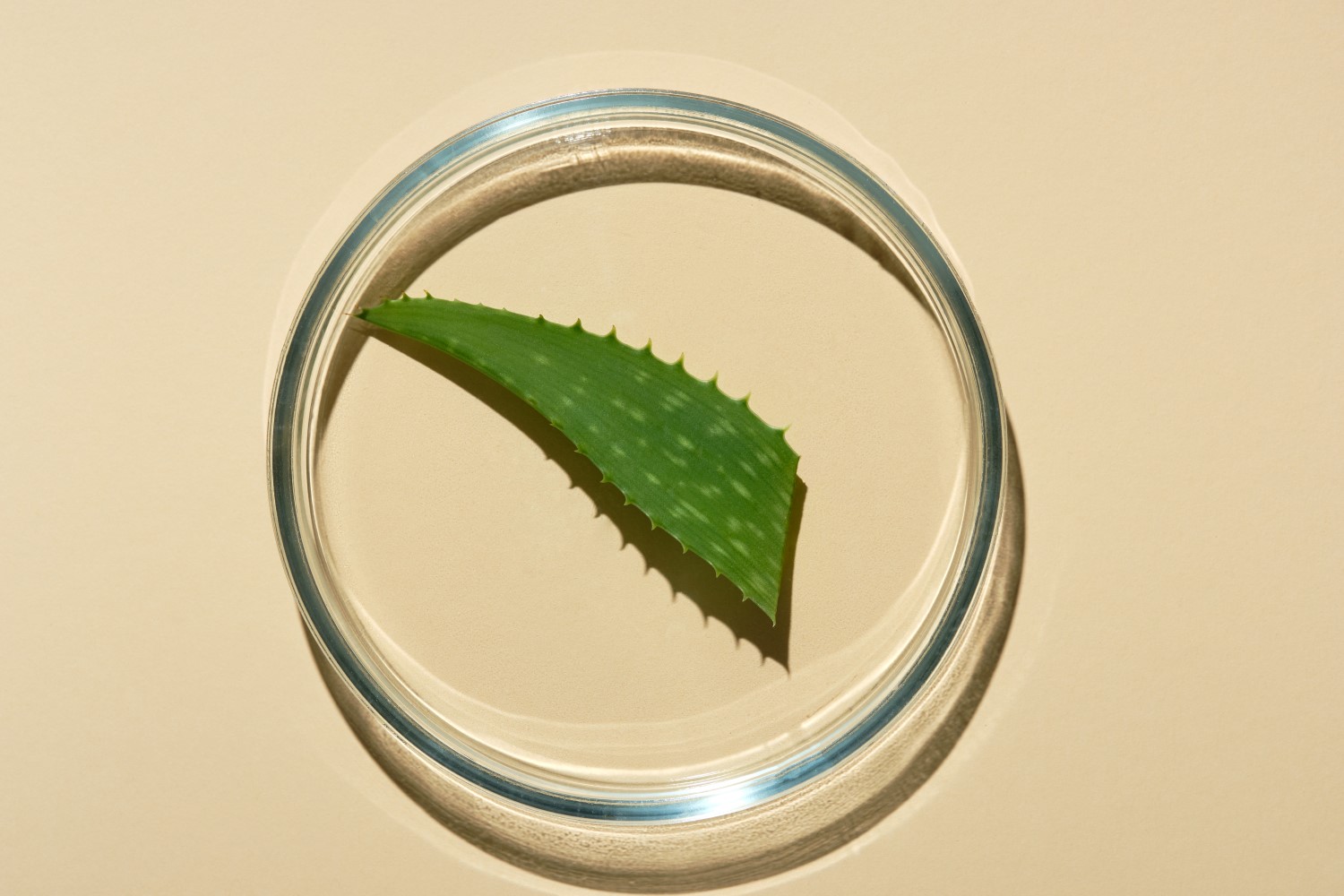Published: 25/05/23 12:29 Categories: Microbiology
Microbiological analysis is a crucial step in both cosmetic products and their raw materials to ensure their quality and safety. However, quality control is only possible with reliable and valid results, so we must keep in mind that mistakes could generate erroneous results and put consumers at risk.
What is the most common mistake?
In cosmetics, the formats are very diverse and of a very different nature: powders, liquids, oils, etc. Not only that, but they usually also contain preservatives to be stable during storage and use. However, it is important to note that they should not be added for any purpose other than to eliminate microorganisms from product contamination.

These substances interfere with the growth of microorganisms. Therefore, when performing the microbiological control of a product, contamination would normally not be detected. Therefore, diluting the sample to be analyzed is essential.
In the first step—neutralization—we would start with an initial dilution, usually 1:10, with a liquid medium that should contain substances such as lecithin, polysorbate 80 or sodium thiosulfate to neutralize the preservatives.
The most used media according to ISO standards are Eugon LT 100 Broth, Dey-Engley Neutralizing Broth, Modified Letheen Broth, and others such as Bereens Diluent.
Eugon LT 100 Broth underwent a change in its formulation a few years ago due to the EU ban on the compound Triton X-100.

CondaChrome® PEC Agar for simultaneous detection of E. coli, P. aeruginosa and C. albicans.
Of course, there are also alternative methods such as our CondaChrome® line with specialized media for cosmetic samples.
Dilution is not only neutralization
If the sample neutralization step is not performed and the sample is applied directly to a culture medium, there is a risk of obtaining a false negative result. However, this is not the only benefit.
In addition, dilution allows us to know exactly the amount of sample analyzed, since only a small amount would remain in the medium when applied directly and the result could not be determined quantitatively.
This information is very relevant, since reference methods indicate the analysis starting from a known amount of sample, such as 1 g/ml of product.
Detection of microorganisms, alarming or cross-contamination?
When a cosmetic is tested, even the presence of a very small number of microorganisms can later generate a very severe problem. Therefore, even if only one colony is observed growing in the medium, it should be identified, regardless of whether it exceeds the established limits.
The type of microorganism will allow us to know about the possible sources of contamination, perform a risk assessment and thus obtain conclusions for improvement in quality control.
Eco cosmetics: green does not mean risk-free
A current risk situation that has arisen in recent years, partly due to environmental awareness and concern about the use of chemicals in the formulation of these products, is the use of organic and natural ingredients and products. While this does not guarantee that they are safe, consumers may mistakenly believe that they are, especially when compared to traditional cosmetics that use chemical preservatives.

It is important to perform and follow all the standard method steps for their analysis, regardless of whether their ingredients are natural or synthetic, since usually the former could have a microbial load that the latter will not and could put consumers at risk, especially if preservatives are not used in their formulas.
For this, we invite you to see our CondalabTalk on Cosmetics Analysis, what microorganisms should I analyze in my products?
If you need more information about Conda's growing media or alternative methods, do not hesitate to visit our catalog.

 Food fraud: How do we detect it?
Food fraud: How do we detect it?
 Visit Us at MEDICA 2025 – Discover Our Precise Detection Solutions
Visit Us at MEDICA 2025 – Discover Our Precise Detection Solutions
 PCR: The Technique Revolutionizing Rapid Detection in the Food Industry
PCR: The Technique Revolutionizing Rapid Detection in the Food Industry
 How Culture Media Ensure the Safety, Efficacy, and Quality of Medicines
How Culture Media Ensure the Safety, Efficacy, and Quality of Medicines
 Meeting us at MEDLAB MIDDLE EAST 2025
Meeting us at MEDLAB MIDDLE EAST 2025